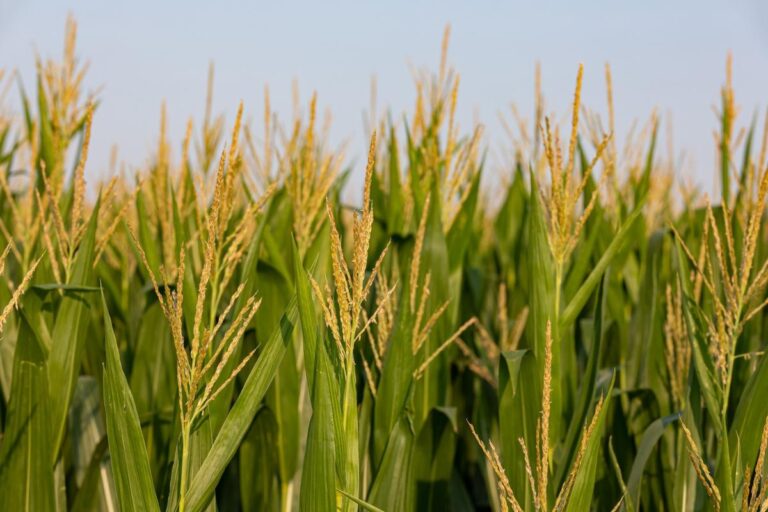New research has revealed another strange reality of global warming. According to a recent article published in SciTechDaily, global warming is causing plants to produce less pollen and fewer types of pollen, a potential threat to the stability of our food system.
what’s happening?
A group of researchers from the University of Texas at Arlington, the University of Nevada, Reno, and Virginia Tech published a new study in the journal Ecology that highlights the impacts of climate change on plant pollination patterns.
The team set up 19 sampling sites across the Great Basin and Sierra Nevada to collect butterfly samples to better understand how these insects pollinate plants in the region.
Additionally, the researchers also looked at butterfly specimens stored at the Museum of Natural History on the Reno campus that were collected between 2000 and 2021. After analyzing 21 years of historical data, the study examined how climate change has negatively affected pollination.
The findings reveal that extreme weather events, changes in flowering times, and reduced plant biodiversity and habitats are threatening plant-pollinator interactions, which could ultimately have serious implications for our food supply chain, a SciTechDaily report details.
Why is plant pollination production important?
Home to more than 200 species of butterflies, the Great Basin is a fragile ecosystem that relies on pollinators for seed dispersal and reproduction, which play a vital role in crop production and diversity, ultimately protecting our food supply.
WATCH NOW: Ultra-wealthy couple makes unprecedented move into $300 million estate
“Without effective pollination, many crops essential to the world’s food supply could wither,” said Dr. Benaz Barmaki, lead author of the study and assistant professor of biology at UTA, as reported by SciTechDaily.
Reduced pollination rates not only threaten our food supply, but also disrupt the health of local ecosystems. As pollination rates decline, plant species also decline, creating a devastating domino effect. Wildlife that rely on these plants for food struggle and decline, threatening the survival of ecosystems.
What is being done to reduce pollination patterns?
More research is being done into the impacts of climate change on pollination patterns. As the research progresses, it becomes more clear that urgent action is needed.
“Our study highlights the need to develop targeted conservation policies to protect pollinators and maintain essential pollination services during periods of global warming, thereby addressing some of the most important environmental challenges of our time,” Dr Valmaki said.
While researchers hope their findings will inspire conservation efforts to protect pollinators, there are ways you can help protect them in your own backyard: By planting native plants and using natural pest repellents, you can attract pollinators to your lawn, beautify your home, and make the world a better place in the process.
Sign up for our free newsletter for weekly updates on cool innovations Improving Lives and Save the planet.

